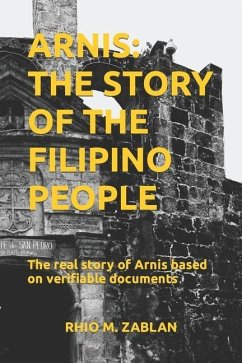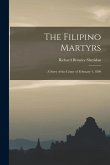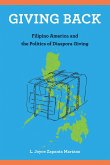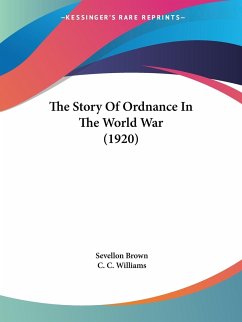Chapter I Talks about slave-raiding/warfare, an activity considered in Philippine pre-colonial society as an honest profession, and an undertaking as legitimate as trade. This was an intrinsic part of societal life, not only for the Moros or Muslims in the southern regions of the country but was widespread among other nations or ethnolinguistic groups as well. Chapter II This chapter is about the prohibition of slave-raiding/warfare and how it impacted the Catholicized indigenous nationsunder the Spanish administration. As a result, these nations became easy targets of the Moros from the Sultanates Sulu and Maguindanao, the Dutch, the British, the Portuguese, Chinese pirates, and other indigenous nations who continued to defy Spanish hegemony. In response, the Spaniards created community fortifications under the leadership of soldier-priests or "El Padre Capitans," they built permanent garrisoned forts, which were generally manned by well-trained and professional soldiers of Kapampangan nation, organized armed native fleets or Barangayanes aimed at battling the raiders at sea, and of course, trained the local militias in bearing arms. Chapter III Based on Pedro Picornell's "The Philippine Chronicles of Fray San Antonio," National Media Production Center's "Philippine Churches," and Rene B. Javellana's "Fortress of Empire: Spanish Colonial Fortifications of the Philippines 1565-1898," this chapter presents an overview of the known locations and status of permanent garrisoned forts and community fortifications still found all over the Philippines. Chapter IV This chapter dives deep into the composition of the Spanish colonial armies in the Philippines. From the later part of the 16th century until the 19th century, thousands of indigenous peoples served in these armies, both as professional soldiers in permanent garrisoned forts and conscripts for extraordinary missions of conquest, defense, and pacification. Chapter V Deals with the types of training the indigenous soldiers received while serving in the Spanish colonial armies, such as the use of firearms and pikes in line with tercio-esque tactics used in the earlier periods of Spanish colonization; and of course, swords for both cavalry, infantry, and militias used in the later years of Spanish colonization and throughout the American colonization. Chapter VI This chapter discusses in detail, the factual origin of the name "Arnis" and the basis for its use as a specific fighting method. It also analyzes the origin of the word "kali" and the logical reason why it cannot be regarded as a term for the types of swordwork of pre-Hispanic Philippines; and dispels the myths and falsities behind the term's propagation. Chapter VII Summarizes the facts contained in Chapters I, II, III, IV, and V; and presents the core conclusions on the real origin and development of Arnis. This is the crowning jewel of the author's 4 years of research and toil. Chapter VIII Talks about how Arnis was traditionally practiced in the Philippines; what are the traditional titles Filipinos used to refer to their teachers and how more modern titles such as master, grandmaster, great grandmaster etc., became popular. It also tells a story of the very first Arnis clubs or groups in the country and paints a picture on how they helped spread Filipino culture around the world. It likewise enumerates and describes the history, lineages, and foundational movements associated with the Balintawak Arnis.
Hinweis: Dieser Artikel kann nur an eine deutsche Lieferadresse ausgeliefert werden.
Hinweis: Dieser Artikel kann nur an eine deutsche Lieferadresse ausgeliefert werden.








